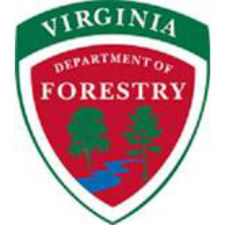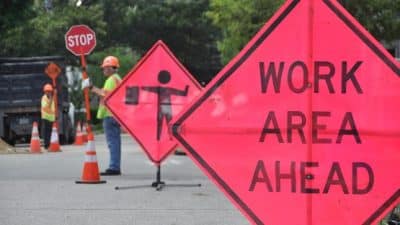
“The rate of forest harvest is still well below forest growth in Virginia each year,” explained State Forester Rob Farrell. Across Virginia in 2015, the ratio of annual forest growth compared to harvest volume was more than 2.2-to-1 for softwood species and 2.4-to-1 for hardwood species. “This amounts to an annual surplus of 9.4 million tons of softwood and 15.5 million tons of hardwood statewide on commercial timberland,” said Farrell.
“Virginia forests provide an overall economic output of more than $21 billion annually, making forestry the third leading industry in the Commonwealth and employing more than 108,000 Virginians in forestry, forest products and related industries,” said Secretary of Agriculture and Forestry Bettina Ring. Increasing harvest volume demonstrates growing demand for Virginia forest products locally and abroad. “Consumer demand for sustainably-sourced products is great and because forests in Virginia are managed sustainably with an eye to the future, our forest industry benefits from those market expectations,” said Ring.
Much of the increase in overall harvest volume is attributed to the addition of biomass (mixed species wood chips), which was first included in the forest products tax two years ago. Over the last several years, forest residue harvests have increased significantly.
Along with the record harvest volume last year, there was also a record forest products tax collection of more than $2,578,000, much of which will go back to landowners through the Reforestation of Timberlands cost-share program. The Virginia Forest Products Tax was established in 1970 with support from the forest products industry to provide funding for forest protection and reforestation.
The estimated price paid to Virginia landowners for standing trees, also called stumpage value, increased to more than $339,225,000 last year due to increased demand for hardwood sawtimber. Stumpage values for other classes of timber declined slightly last year.
Brunswick County continued to display the highest harvest volume followed by Southampton, Halifax, Charlotte, Pittsylvania, Buckingham, Dinwiddie, Mecklenburg, Campbell and Nottoway counties in the top ten.
Brunswick County also had the largest stumpage harvest value followed by Charlotte, Southampton, Louisa, Buckingham, Pittsylvania, Halifax, Nottoway, Dinwiddie and Mecklenburg counties in the top ten.










